Someone has been stealing my sandwiches. We'll use the two-way radio communication on the micro:bit to catch the thief.
Today we bring you the very new CCS811 Air Quality Breakout, as well as our very own OpenPIR sensor!
We've got a new op amp tutorial using LTSpice, along with a neat little portable project: a mini guitar amp.
For Part 3 of the "Getting started with micro:bit" series, we read temperature from a built-in sensor and rotate a servo.
Today we are happy to bring you a handy BNC adapter board for the Digilent Analog Discovery 2 and an updated version of the popular 2xAAA battery holder.
In this Enginursday, we'll explore some of the problems that can creep up when connecting I2C devices
The Particle Electron is here, along with two brand new Arduino boards and a revision to our popular Ardumoto shields!
In this next-to-last installment of the Digital Pantry project, we do some enclosure fabrication and build our own vacuum molding table!
The BBC micro:bit is being released in the United States! I'll show you how to get started with it using Microsoft's MakeCode block editor.

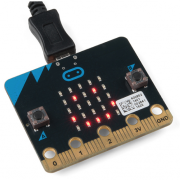
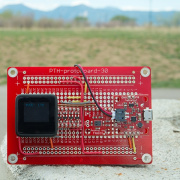

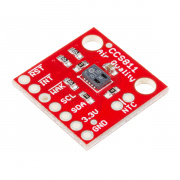

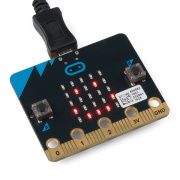
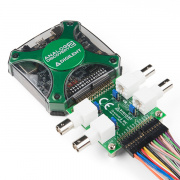
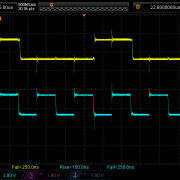
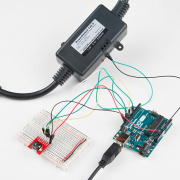
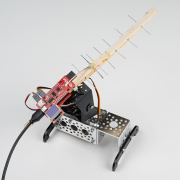

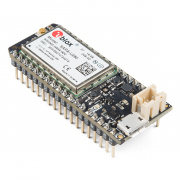






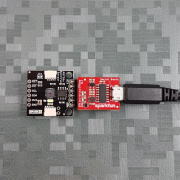
Hi, "For a full wishlist of products for this project, check it out here:" ....but I see no link to anything further. I am hoping you have…